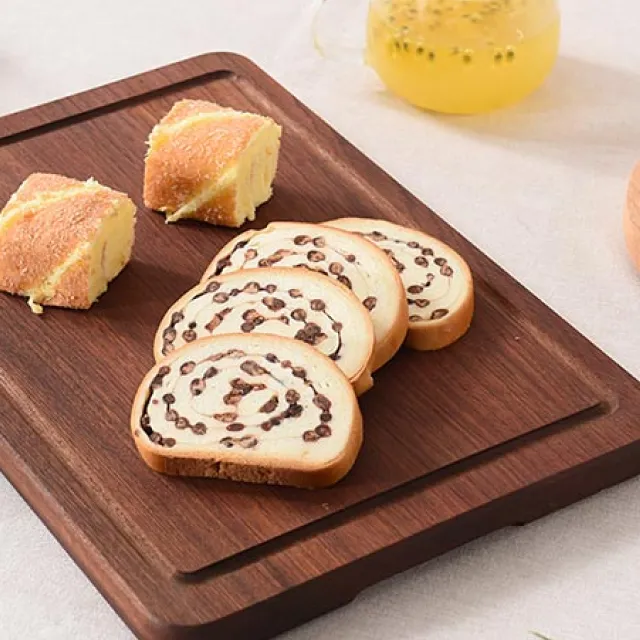Sapele Wood
White Knight Consulting Limited
We sell Sapele wood in both standard and customised sizes and can provide Sapele of different grades at reasonable prices along with outstanding quality wood consulting services.
Dimensions (Standard):
| Size | Various |
| Length | 50mm to 3400mm |
| Thickness | 6mm to 95mm |
| Width | 6mm to 220mm |
Specifications
| Kiln Dried | Yes |
| Moisture Content | 12-16% |
| Durability | Moderate durable |
| Average density | 670 kg/m3 |
| Janka rating | 1,410 lbf (6,280 N) |
About Sapele Wood
Sapele, also sometimes called Sapeli or Sapelli, is a tropical hardwood from Africa. It’s a strong, moderately durable wood with decent rot resistance and is considered suitable for a variety of uses, including plywood, furniture, cabinetry, veneer, boatbuilding, and others. The high density and interlocked grain of Sapele can make it difficult to work with, especially in machining operations.
Description
It is a tropical hardwood timber found mainly in the rainforests of West Africa. It is known by different names in different regions and belongs to the Meliaceae family. The Sapele trees are very long, having a 100-150 ft average height and a 3-5 ft trunk diameter. The average dried weight is about 670 kg/m3 and it has a Janka rating of 1,410 lbf (6,280 N). Sapele is hard and heavy and the freshly cut wood has a cedar-like scent. It is easy and quick to dry but distortion may occur due to rapid drying. Quarter-sawn wood dries easily without distortion. When compared to mahogany, Sapele lumber is much harder and stronger. It can be moderately to very durable and has moderate resistance to insect and borer attack.
Sapele has a pinkish heartwood when freshly cut, which turns to reddish-brown over time due to exposure. The sapwood is pale yellow or almost white. Because it looks similar to mahogany (also having a reddish-brown colour), they are often used interchangeably. Sapele Wood can also be easily identified by its marked ribbon-like strips, which are clearly visible on sawn or quarter-sawn surfaces. Other patterns & figures such as pommele, quilted, wavy, beeswing, etc. can also be commonly seen. The grain is interlocked and the texture is fairly close, fine and uniform.
Uses of Sapele Wood
Sapele hardwood is generally easy to work with, but the interlocked grain can cause trouble with some machining operations like planning, moulding and routing. Tear-outs can occur when working with machines. The wood loses colour when in direct contact with iron, though it turns, glues, screws, stains, and finishes well. Regular sawn or quarter-sawn Sapele timber is moderately priced and easily available, though patterned limber can be quite expensive depending on availability. It is commonly used for construction, though its veneer can be pricey. Other uses of Sapele timber include furniture, cabinetry, boatbuilding, panelling, flooring, shop-fitting, joinery, plywood, musical instruments, turned objects, small wooden toys and other speciality items.
Looking for top-quality African Sapele wood for sale? Look no further than White Knight Consulting - a leading supplier of timber in the UK. We offer a wide range of Sapele timber, sawn wood, and logs at reasonable prices.


















